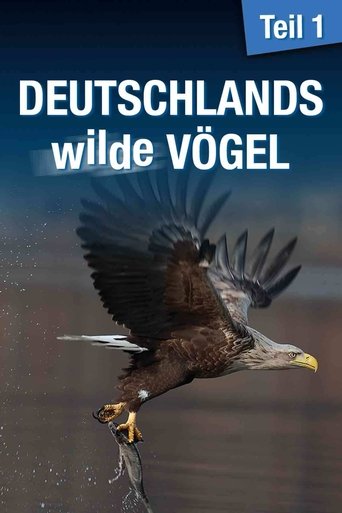
10 Oct 2013

Deutschlands wilde Vögel
No overview found

Whales have long been a profound mystery to us. They live in a world so removed from our own that we can barely imagine their lives. Their environment is different, their senses are different, their relationships are different. How might such almost alien creatures see the world?

Self - Narrator

10 Oct 2013

No overview found
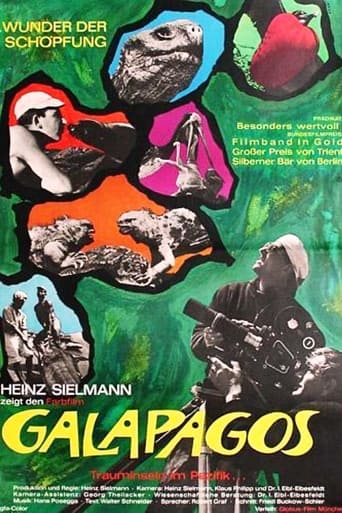
31 May 1962

Following in the footsteps of Charles Darwin, Heinz Sielmann traveled to the bizarre volcanic islands of Galapagos. The multi-award-winning film shows the unique wildlife on the Pacific Noah's Ark.

18 Nov 2022

A group of artists settle in a swamp on the banks of the Indre River. Meanwhile, a voice describes a utopian world.
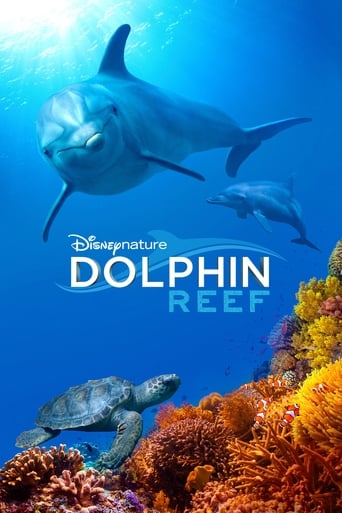
28 Mar 2018

Echo is a youngster who can't quite decide if it's time to grow up and take on new responsibilities-or give in to her silly side and just have fun. Dolphin society is tricky, and the coral reef that Echo and his family call home depends on all of its inhabitants to keep it healthy. But Echo has a tough time resisting the many adventures the ocean has to offer.
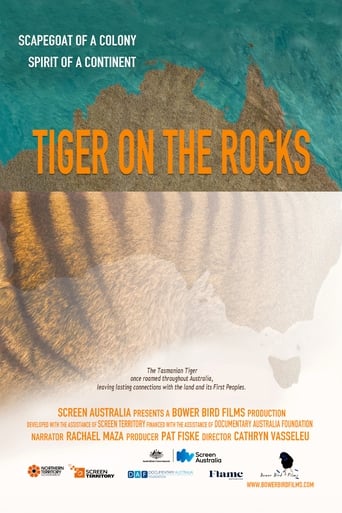
20 Sep 2022

The Tasmanian Tiger twists and turns depending on how it's seen. Sheep-killing beast or tragic victim of human induced extinction. Ancient painting on a rock or vivid ancestor spirit. Lost forever, or a timely reminder to respect the connection between human and animal, culture, nature and country. In stunning landscapes across Australia where Thylacines once roamed, people from wide-ranging traditions share their experiences: First Nations artists, rangers and custodians; biologists, bone hunters and archaeologists. Multiple insights combine to throw light on Australia's most wanted animal.

08 Oct 2019

No overview found
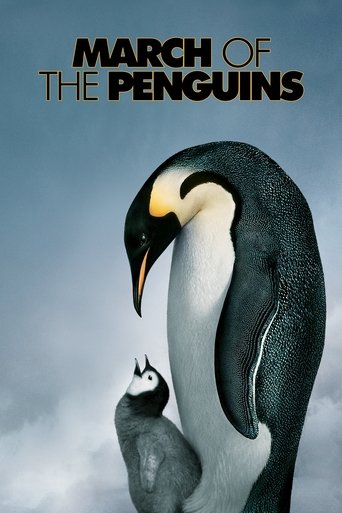
26 Jan 2005

Every year, thousands of Antarctica's emperor penguins make an astonishing journey to breed their young. They walk, marching day and night in single file 70 miles into the darkest, driest and coldest continent on Earth. This amazing, true-life tale is touched with humour and alive with thrills. Breathtaking photography captures the transcendent beauty and staggering drama of devoted parent penguins who, in the fierce polar winter, take turns guarding their egg and trekking to the ocean in search of food. Predators hunt them, storms lash them. But the safety of their adorable chicks makes it all worthwhile. So follow the leader... to adventure!!

24 May 2006

A documentary on Al Gore's campaign to make the issue of global warming a recognized problem worldwide.

06 Sep 1996

A documentary of insect life in meadows and ponds, using incredible close-ups, slow motion, and time-lapse photography. It includes bees collecting nectar, ladybugs eating mites, snails mating, spiders wrapping their catch, a scarab beetle relentlessly pushing its ball of dung uphill, endless lines of caterpillars, an underwater spider creating an air bubble to live in, and a mosquito hatching.
01 Jan 1949
No overview found
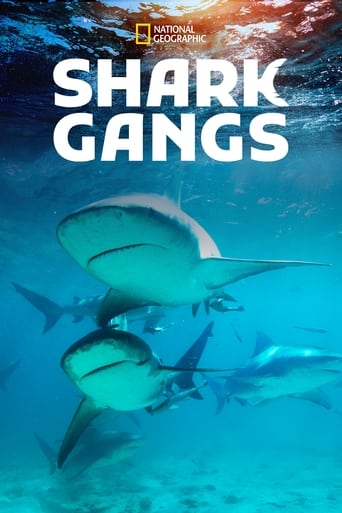
16 Jul 2021

Scientists have discovered and investigate the reason behind the behavior of sharks swimming around in gangs even though they are viewed as solitary predators.

29 May 2016

Crazy cat lady or world-class musician? You decide. Dorian Rence smashes our notions of what matters and who counts in "Feral Love." Dorian was the seventh woman to join the New York Philharmonic. In her 40-year career she has performed with all the greats: Leonard Bernstein, Pierre Boulez, Zubin Mehta, Yo Yo Ma to name a few. And she cares for a feral cat colony in the tunnels of New York City.
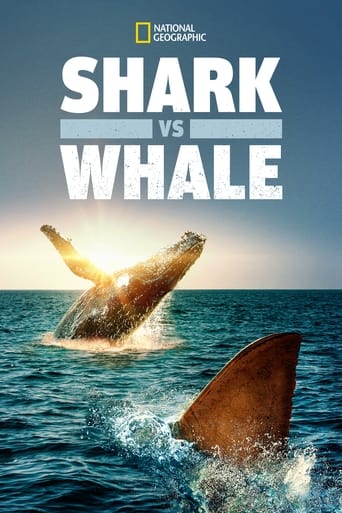
28 Jul 2020

A routine drone survey turns deadly when Ryan Johnson, a marine biologist based in South Africa, films a humpback whale being attacked and strategically drowned by a Great white shark. This is a total perspective shift for the creature.

25 Jun 2006

Wild rabbits share the sea cliffs on the island of Skomer, off the Pembrokeshire coast, with seabirds like puffins and seagulls. They come in many shades, owing to their intriguing history, and each spring the island of Skomer itself is transformed by wild flowers, creating one of Britain's most beautiful natural spectacles. The green and brown island turns blue and pink for a couple of spectacular weeks under a carpet of bluebells and red campion.
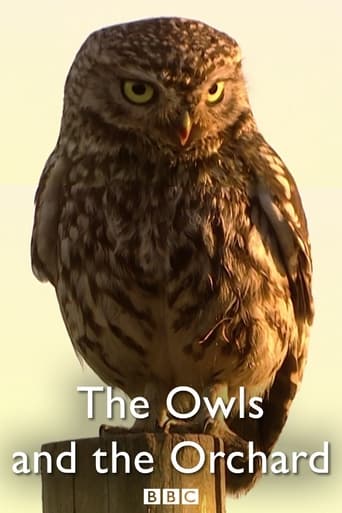
23 Nov 2005

A devoted pair of little owls set up home in an old orchard in rural Herefordshire. From spring blossom to autumn apples, a year in the life of the parent birds, their baby owls and the old fruit trees.
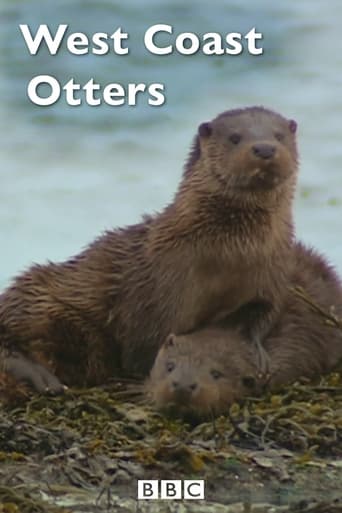
19 Oct 2005

Two otters, a mother and daughter, are inseparable as the cub faces the dangers of her first Scottish winter, and Mum works hard to ensure both survive. Never more than a few feet apart, cub and mum exhibit a very special relationship as the cub grows up, learning how to fish and fend for herself on the idyllic west coast of Scotland.
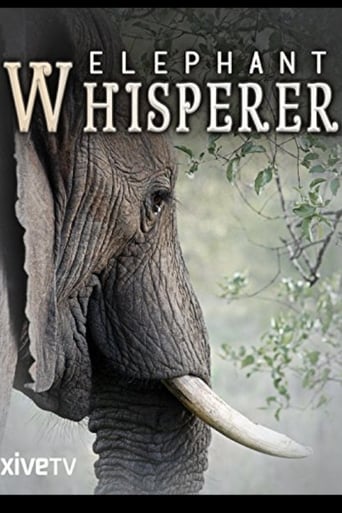
02 Jun 2012

Sangduen Chailert, or Lek, as she is generally known, has already rescued over 200 elephants. She has dedicated her life to saving the Asian elephant and founded a special camp, The Elephant Nature Park to protect them. We follow this winner of Time Magazine’s “Asian Hero of the Year” Award in her work. Lek is on a mission to save the Asian elephant in her native Thailand. This film looks at the plight of the Asian elephant, as it goes from being a widely used domestic animal, to becoming a burden on modernizing communities. With experts predicting its extinction within four decades, Lek’s work is needed now more than ever and she has gathered a large group of supporters and volunteers in her quest for a better future for the Asian elephant. This moving film demonstrates Lek’s natural understanding of and rapport with these huge animals and will stir the viewers emotions as it highlights the often desperate state some elephants are kept in.

21 Oct 2020

No overview found
01 Jan 1947
No overview found
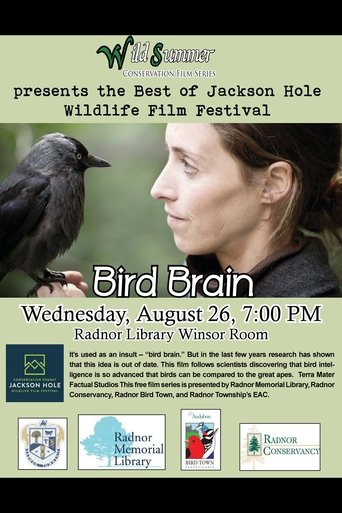
14 Jun 2012

With a combination of wild observations and specially designed tests, this film will guide us through the latest research on bird intelligence, a journey which will re-define the meaning of ‘bird-brained’.